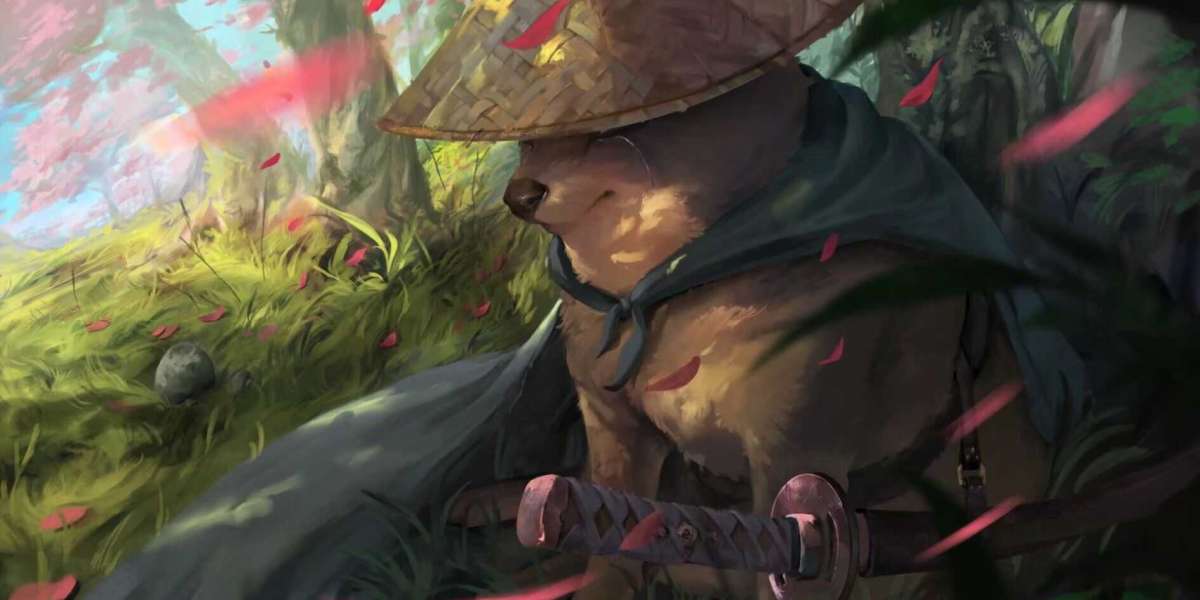The Cultural Impact of Wordle
When Wordle exploded in popularity in early 2022, it became a global watercooler topic. Friends, coworkers, and even strangers online bonded over their guesses and shared grids. The game’s social nature is part of its genius: it gives everyone the same challenge, fostering a sense of community.
The media took notice too. Articles, podcasts, and YouTube channels sprang up to analyze strategies. For many, Wordle became a morning routine, much like reading the news or having coffee.
Understanding the Mechanics
At first glance, Wordle appears incredibly straightforward:
Six guesses to find the hidden word.
Color-coded feedback after each attempt.
One puzzle per day.
But beneath this simplicity lies a rich layer of strategic depth. Knowing letter frequency, common word patterns, and logical elimination can drastically improve your odds.
Winning Strategies
If you’re aiming to consistently solve Wordle in three or fewer guesses, consider these approaches:
The Power of Vowels: Start with a word that covers multiple vowels—such as "ADIEU" or "EARTH"—to reveal vowel placement early.
Letter Position Awareness: A yellow "R" might not just go anywhere—it often appears at the end or before a vowel.
Eliminate Unlikely Options: If the word has a rare letter like "Q" or "Z," you'll often know early based on your initial tests.
Use Information Wisely: A failed guess isn’t a loss—it’s valuable data to guide the next attempt.
Avoiding Common Pitfalls
Many players get stuck when they ignore their own clues. For example, if you know a letter is green, don’t try words that move it elsewhere. Likewise, avoid “wasting” guesses on words that don’t test new letters.
The Joy of Sharing Results
Wordle’s share feature is perhaps its most brilliant innovation. By allowing players to post colored blocks without revealing the answer, it turned each solve into a bragging right. The cryptic grids sparked curiosity, drawing in new players daily.
Educational Benefits
While Wordle is primarily a game, it also sharpens cognitive skills. Players exercise:
Vocabulary Expansion: Learning new five-letter words daily.
Pattern Recognition: Spotting common letter groupings.
Logical Thinking: Using deductive reasoning to solve puzzles efficiently.
Educators have adapted Wordle for various subjects, including history, science, and foreign languages, proving its versatility as a learning tool.
Beyond Wordle – Spin-Offs and Variations
The success of Wordle inspired countless spin-offs:
Quordle: Four puzzles at once.
Octordle: Eight puzzles at once.
Nerdle: Math equations instead of words.
Heardle: Guess the song from short clips.
Each retains the addictive “one-a-day” format while catering to different interests.
Why It’s More Than Just a Game
Wordle represents a shift in gaming culture toward minimalism and mindfulness. Unlike endless-scrolling apps, it offers a brief, focused challenge. This makes it accessible to people who wouldn’t normally play mobile games.
For many, solving the day’s Wordle is a small but meaningful victory—a few minutes of brain exercise and joy before diving into the day’s demands.








